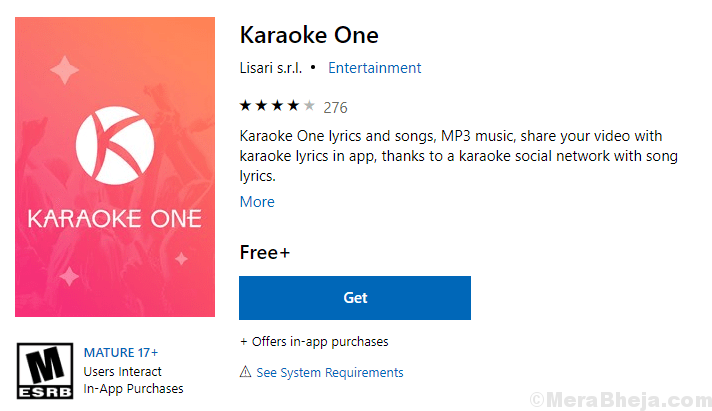
It also lacks attack and release adjustments. Yes, what you’ve heard is true: Pro-Q 3 does not let you drive a dynamic filter from a sidechain input. (Yes, in most of its modes Pro-MB is a dynamic equalizer.) Pro-MB even offers a few features Pro-Q 3 does not, such as the ability to control a filter via a sidechain input. FabFilter has had a dynamic EQ for a while now. A frequent comment on the forums was “at last! FabFilter has a dynamic equalizer!” Well, that’s not exactly true. Let’s run down the list and see if they add up to a justification for buying the upgrade.įor many, this is the biggest plus. Spectral references and collision detection.But I’m going to gloss over most of those and focus on the headlines: There are many welcome but small enhancements in this release, such as improved contrast and a new mini-sized UI option.
#Download lagu karaoke karafun terbaru upgrade
Instead, I want to speak specifically to current Pro-Q and Pro-Q 2 users who are wondering if Pro-Q 3 is a worthy upgrade – users who aren’t averse to shelling out a little more for the good stuff, but are also wise enough to carefully consider every new tool before committing to it. I am also not going to sell you on Pro-Q. Although more expensive than many, they are not even close to being the highest-priced vendors out there. I am not going to address FabFilter’s pricing policies, except to say that from the beginning FabFilter has positioned itself as a provider of no-compromise premium-quality plugins – with commensurate price tags. Many complained about the upgrade pricing. Some felt there weren’t enough new bells ‘n whistles to warrant an upgrade. Reading through online forums, I realized that a lot of other potential Pro-Q 3 buyers were expressing similar reluctance. Though I had no doubt FabFilter would do a great job on them, dynamic filters alone were not going to sell me on this upgrade. I figured I had all the dynamic EQs I’d ever need.


However, over the past decade I’d already acquired several dynamic equalizers, including the amazing MDynamicEQ from Meldaproduction (as well as its dressed-up sibling MAutoDynamicEQ). Scrolling through the change list, the first thing that caught my eye was that they’d added a dynamic option. After all, Pro-Q 2 was already more than adequate, a reliable workhorse that I knew well. I was curious to know if Pro-Q 3 was a must-have upgrade or if I’d only be giving in to my chronic GAS (Gear Acquisition Syndrome). But years of hit-and-miss plugin purchases have taught me to be prudent, and to think twice before clicking the Buy button.

Like everyone, I do like to have the best stuff. At its announcement, I admit to having been a bit skeptical at first. Now here we are nine years later and FabFilter has released a long-anticipated second update, Pro-Q 3. But one that’s very intuitive to use, and so lightweight that I found I could throw it onto every track and bus without worrying about overloading my aging CPU.

Short story shorter, I became a fan from day one. But eventually, all the positive reviews nudged me into giving it a go. Back then (in its first incarnation), it had taken a fair amount of convincing to get me to spring for what I assumed was just another EQ. Even if the latest version doesn’t break any new ground, there’s no doubt that a favorite EQ just got better.įabFilter Pro-Q has been my go-to static parametric equalizer since 2010. Many regard Pro-Q as one of the finest equalizers from one of the most respected developers in the world.


 0 kommentar(er)
0 kommentar(er)
